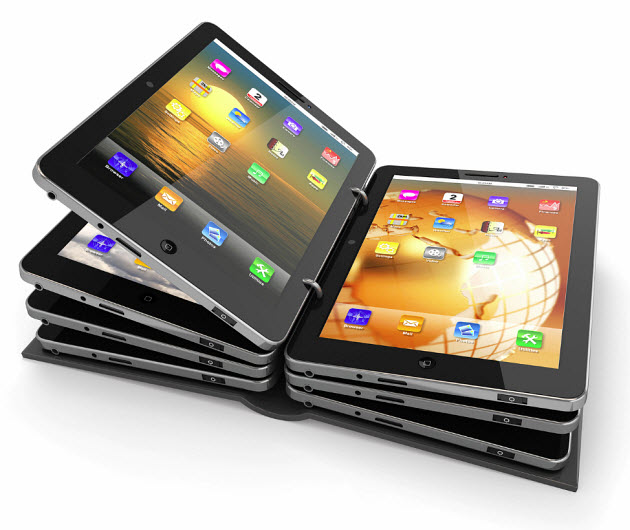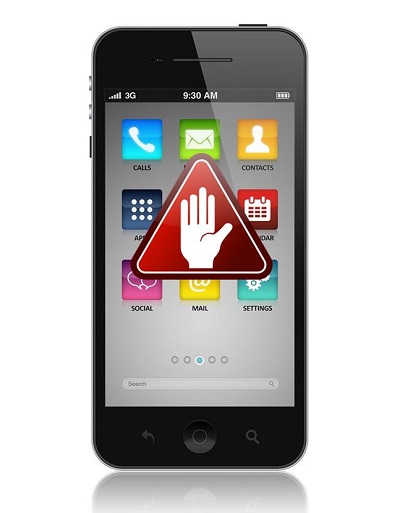These mobile devices have become a hot item for students who are headed back to the classrooms.
While there are still many students – particularly those in higher grades and in college – who find that a laptop is still the ideal tool for writing papers, conducting research, and taking notes, tablet commerce is still playing a growing role.
These mobile devices are starting to replace textbooks and are providing much more portable computing.
Not only is choosing tablet commerce a less expensive route than buying a laptop or notebook computer, but it is also a lot smaller and lighter, making it easier to bring the device to and from school. This year’s top devices are flying off the shelves, showing that these mobile gadgets are more important than ever before. The most popular models are ranging from a smaller 6 inch screen to the much larger 10 inches.
When it comes to tablet commerce, this year’s students seem to know what they’re looking for.
 The following are being advertised as the most popular tablets for back to school shoppers, this year, so far. That said, it’s important to note that the figures are still very early, and back to school sales could play an important role in the choices that students (and their parents) make as the new school year approaches.
The following are being advertised as the most popular tablets for back to school shoppers, this year, so far. That said, it’s important to note that the figures are still very early, and back to school sales could play an important role in the choices that students (and their parents) make as the new school year approaches.
• Apple iPad Air 2 – definitely at the higher end of the price spectrum, this device has a 9.7 inch screen, high-def touchscreen, reliable hardware and solid software. A full charge gives about 10 hours of battery life, which is also important for a good day in class. They start at $499 and go from there.
• iPad Mini 3 – somewhat smaller than the larger Apple tablet, this is also lighter and less expensive. It boasts a 7.9 inch high-def touchscreen display and the same types of great software. It starts at $399.
• Google Nexus 9 – This is a thin, attractive tablet with a large enough screen at 8.9 inches of high-definition touchscreen. It’s very light and starts at $399.
• Samsung Galaxy Tab A 8.0 – This is a moderate sized tablet computer with an 8-inch touchscreen and a great price. It runs on android and is very lightweight. It currently retails for $229.99.
• Amazon Kindle Fire HDX – This tablet has already received some rave reviews and is the ultimate in terms of saving money. It has a smaller but functional 7 inch touchscreen and a price tag that is currently only $179, making it highly appealing to many parents and students who are looking for a great deal on their tablet commerce back to school shopping.

 People simply don’t know which ads are collecting their information nor what specific data is being taken and tracked. Because of the mystery behind this data collection, many mobile device users are deciding to simply block the advertisements in a “better safe than sorry” strategy.
People simply don’t know which ads are collecting their information nor what specific data is being taken and tracked. Because of the mystery behind this data collection, many mobile device users are deciding to simply block the advertisements in a “better safe than sorry” strategy.